
Romans established their Colonia Iulia Emona sometime in the first decade of the 1st century. The colony was built in what is now the centre of modern Ljubljana, Slovenia’s capital, at the left bank of the Ljubljanica – ancient Nauportus – River.
From an inscription stone discovered nearly a century ago, we know that Emona already stood in the second half of the year 14 or beginning of the year 15 AD, and that within it the emperors Augustus and Tiberius ordered the construction of a large public building, perhaps a walled fortification with towers. The city was settled by colonists from northern Italy. We know the names of around 30 families who settled in Emona; of these 13 came from northern Italy, mainly from the Po River valley.
Emona thrived from the first to the fifth century. It was laid out in a rectangle with a central square, a forum, and a system of rectangular intersecting streets, between which were building sites. Under the streets running west-east flowed the cloacae, major drainage channels that carried waste water into the Nauportus River. The town was enclosed by walls and towers and in some places also by one or two ditches filled with water. Some areas beyond the walls were also settled. The potters’ quarter behind the northern wall is well known. Alongside the northern, western and eastern thoroughfares into the city – from the directions of Celeia, Aquileia and Neviodunum – cemeteries were established, according to Roman custom. The northern cemetery in particular is thoroughly researched.
As a Roman colony, Emona had extensive pertaining territory for which it was the administrative, political, economic and cultural centre. Emona’s administrative territory or ager stretched from Atrans (Trojane) along the Karavanke mountains towards the north. To the east, the boundary ran somewhere near Višnja Gora, and in the south probably along the Kolpa River. To the west, the territory of Emona bordered that of Aquileia.
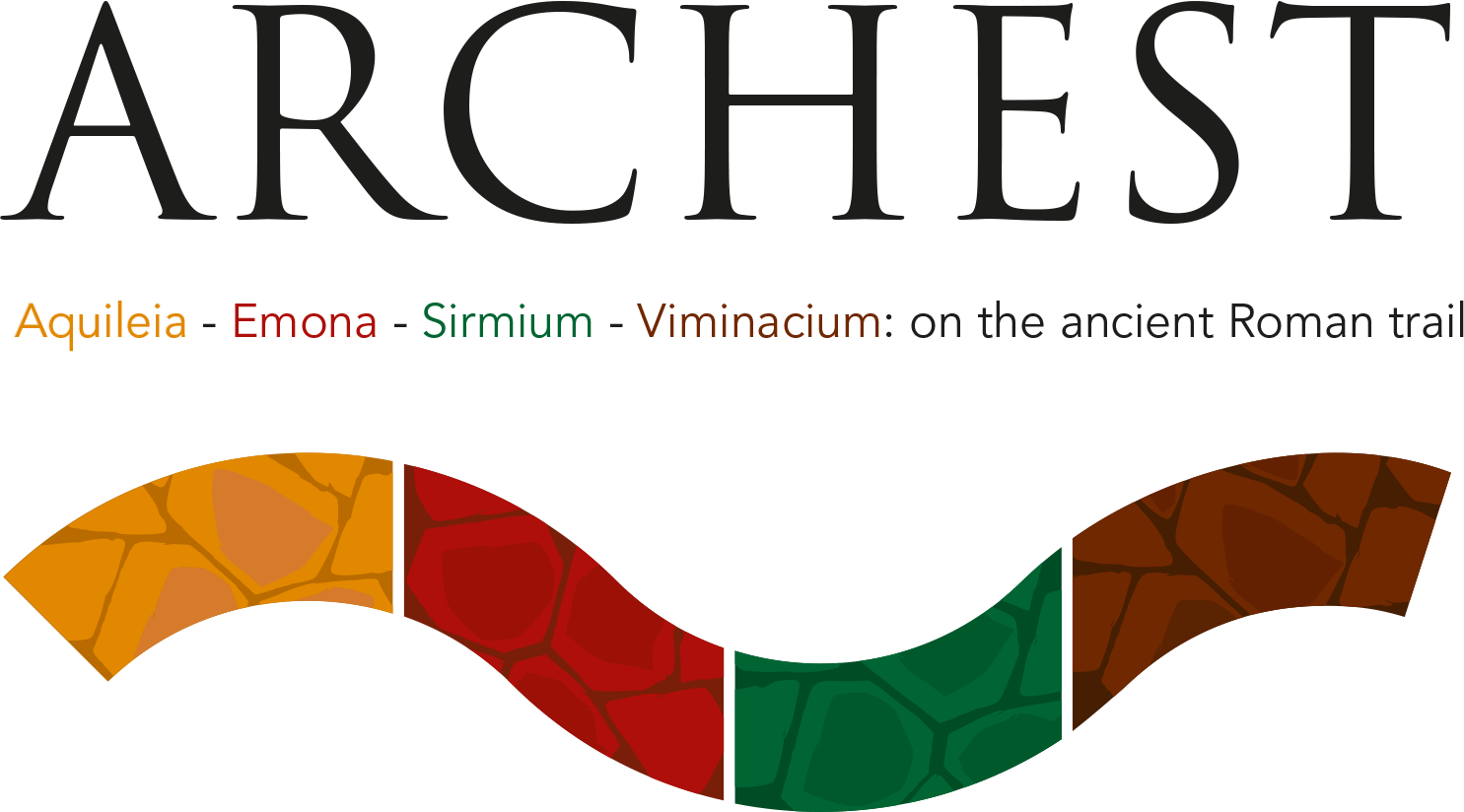
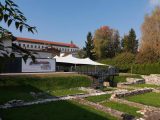


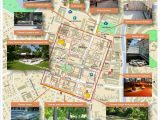

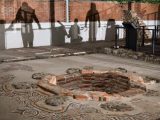




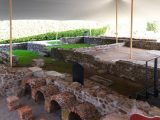

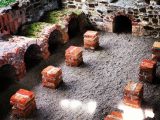


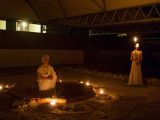
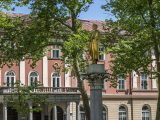

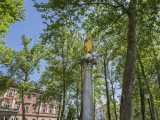
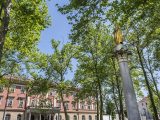
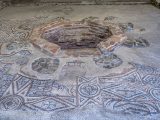


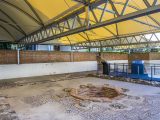

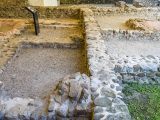

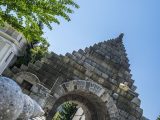

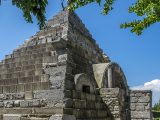


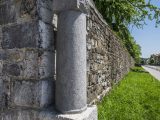
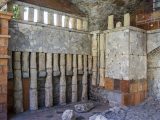
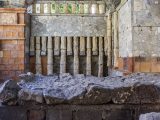

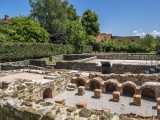

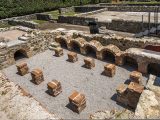
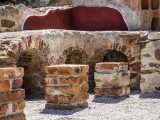


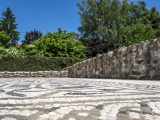

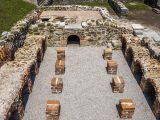
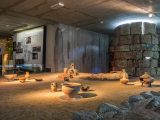


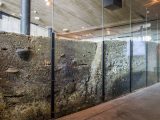

 English
English српски
српски Slovenščina
Slovenščina Italiano
Italiano